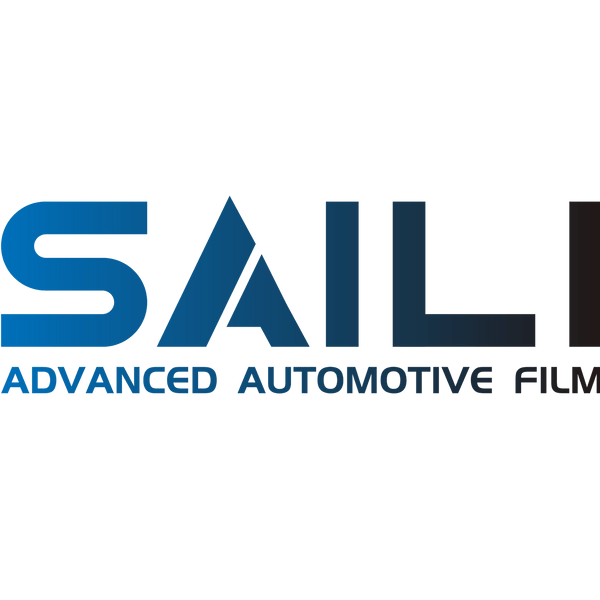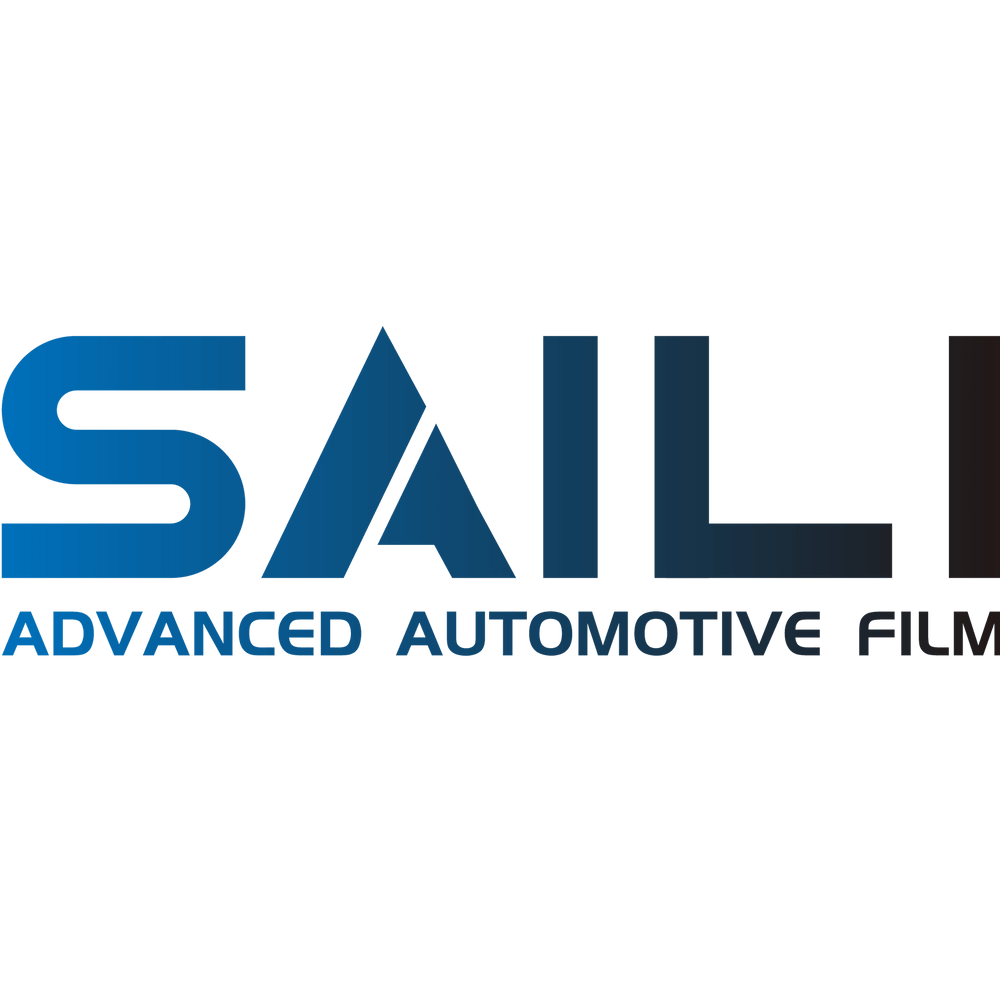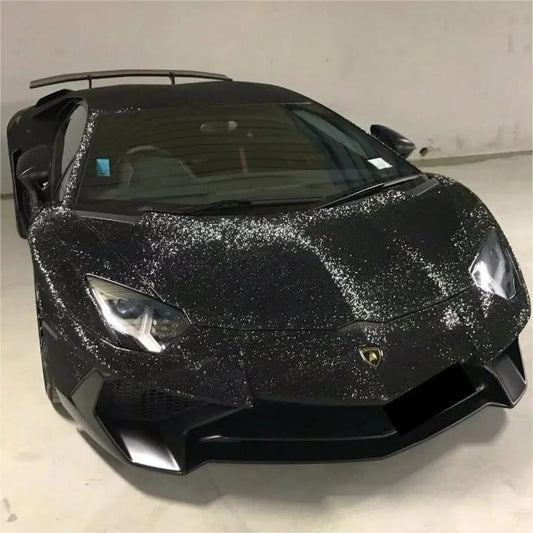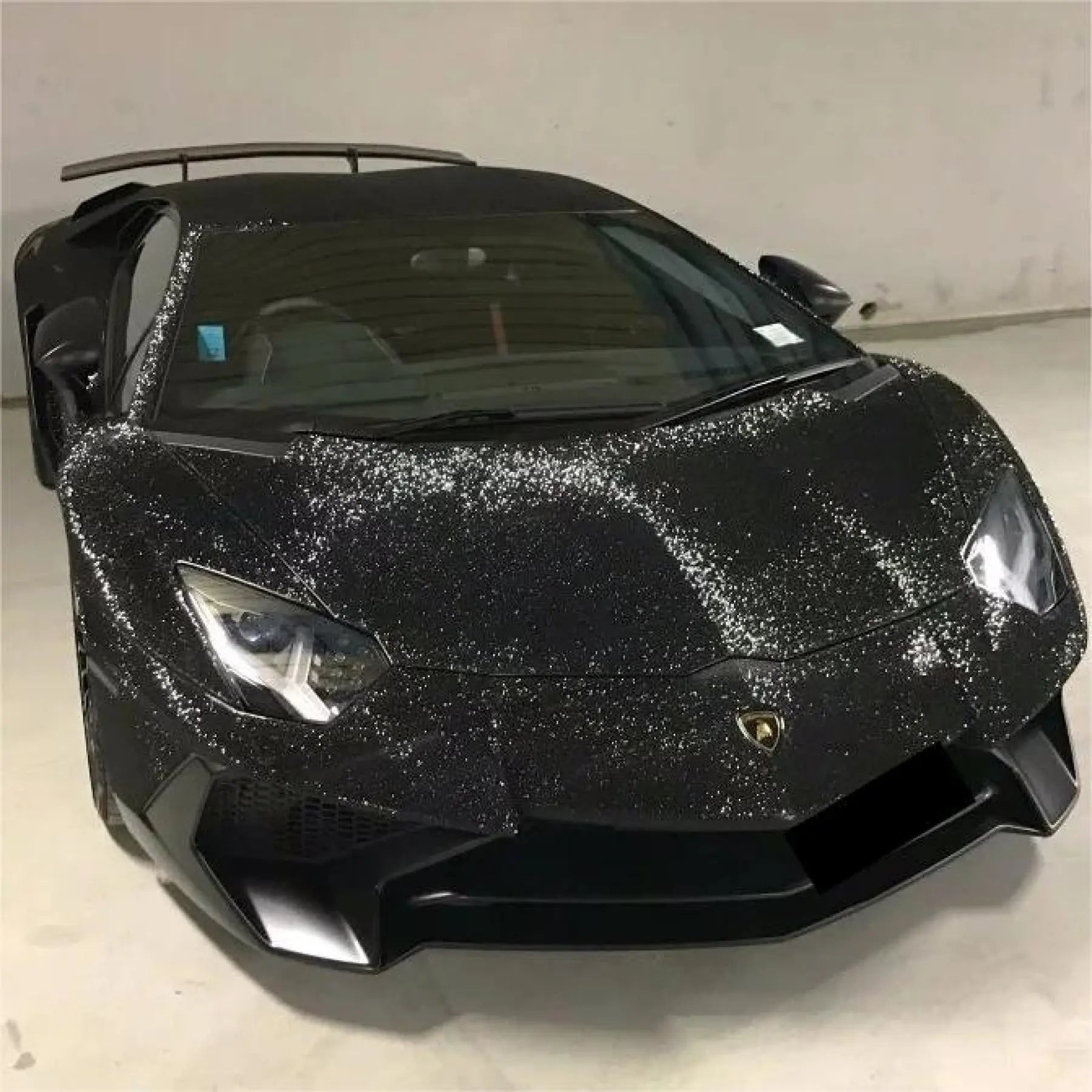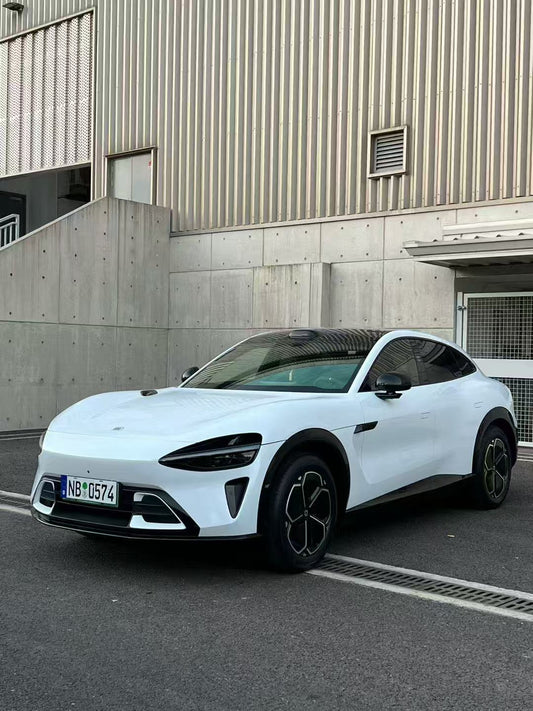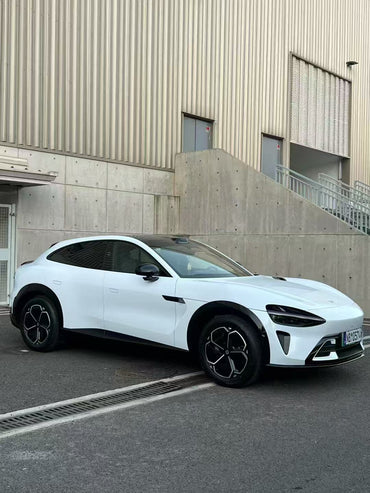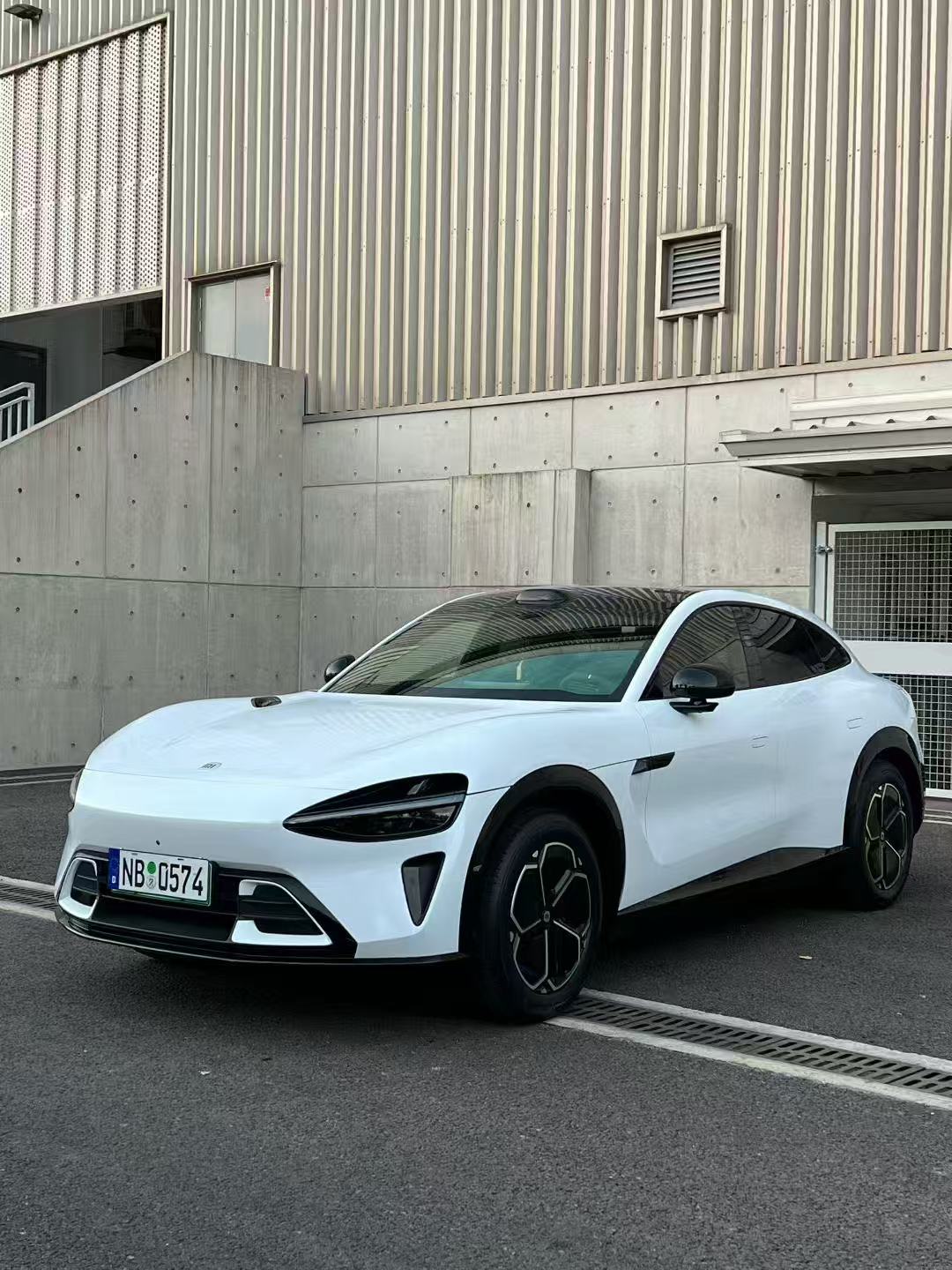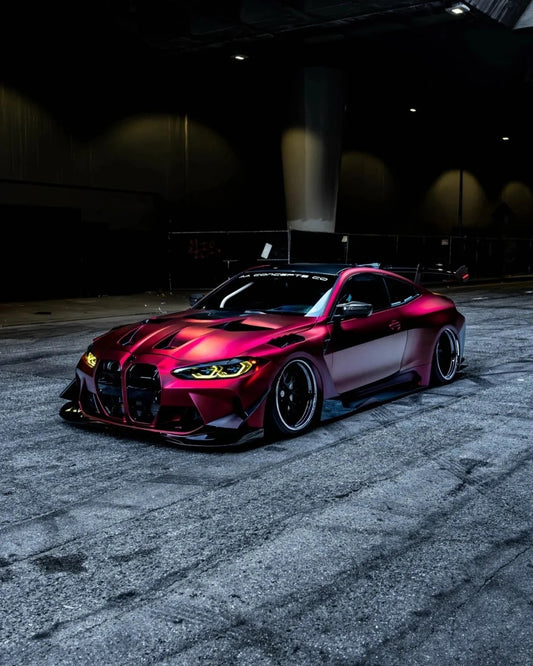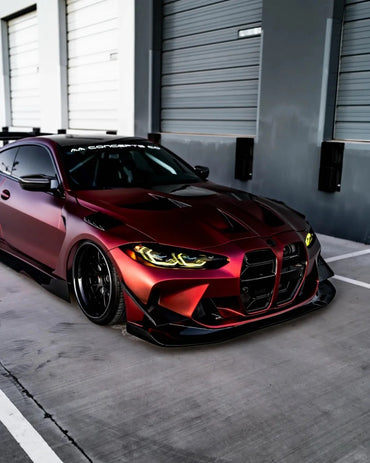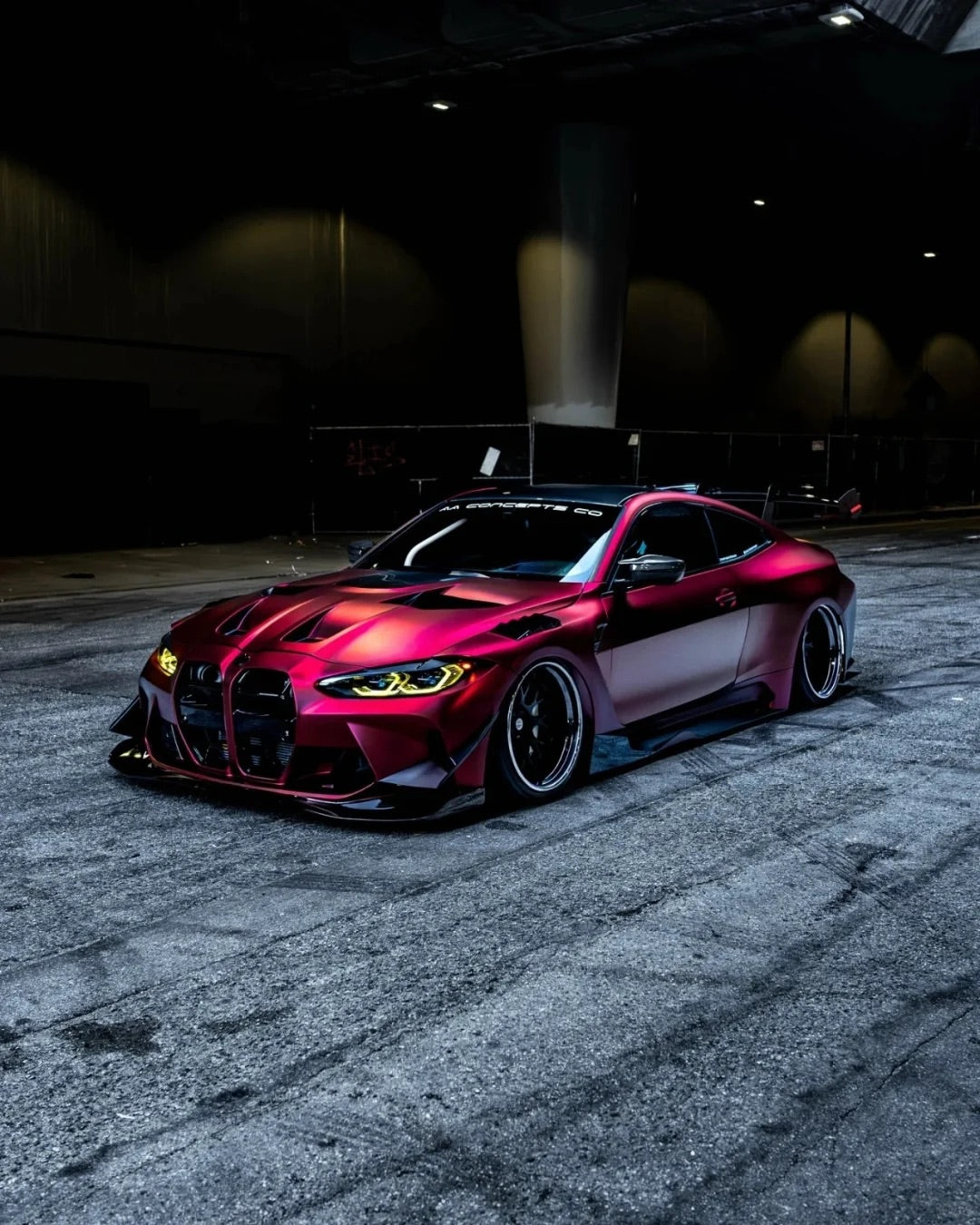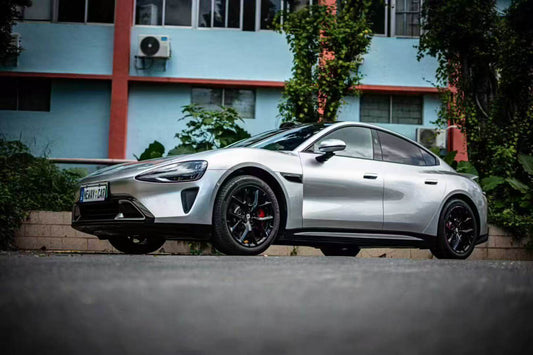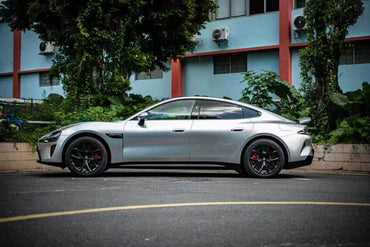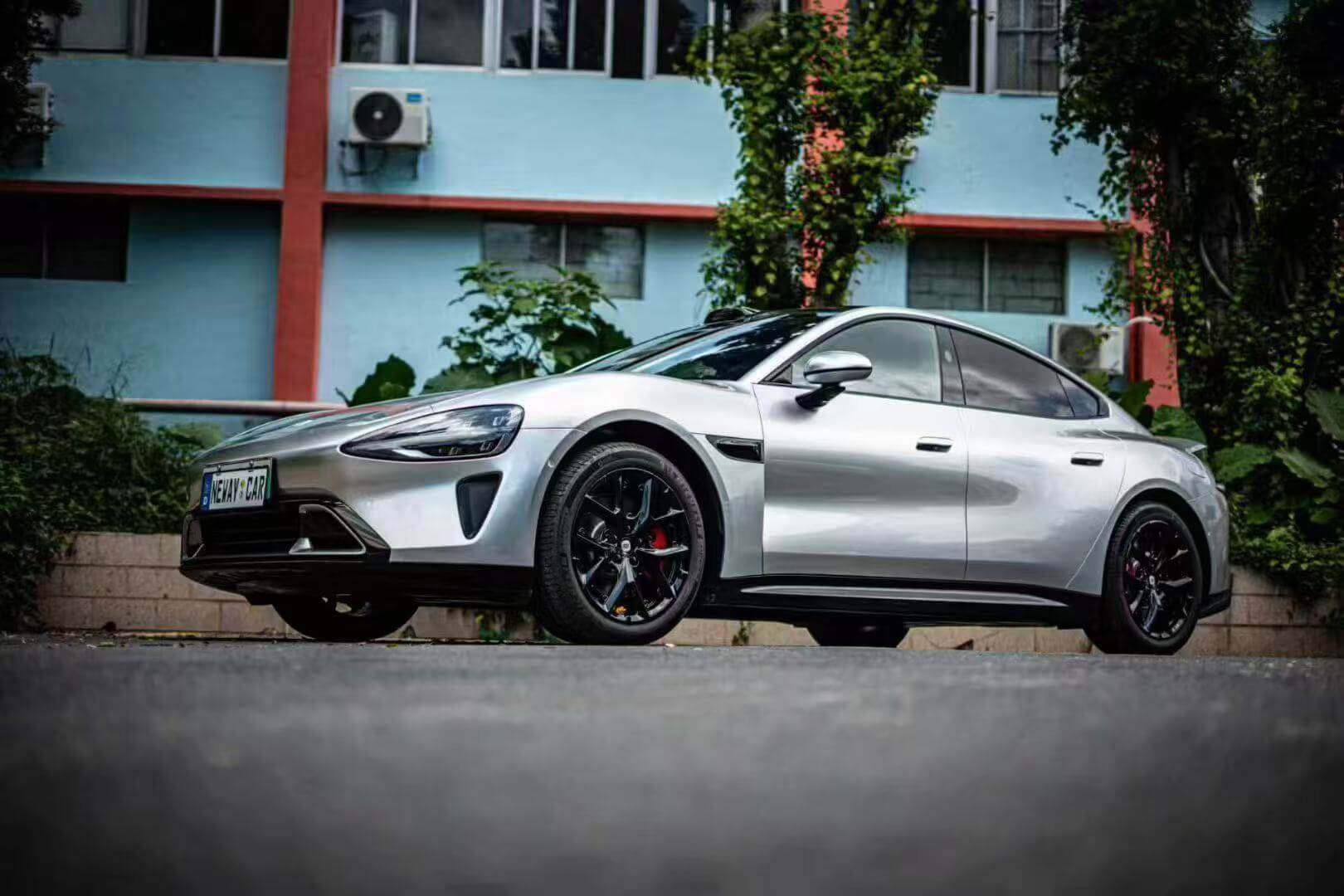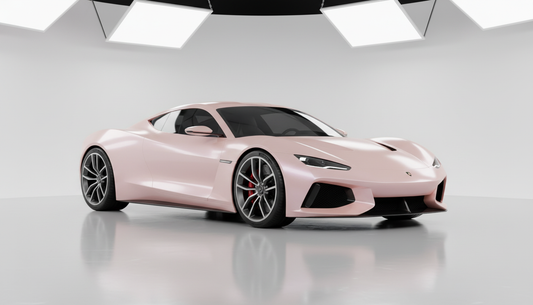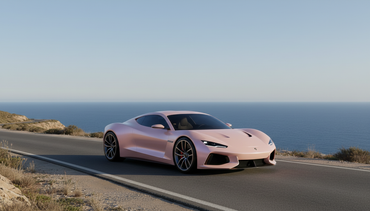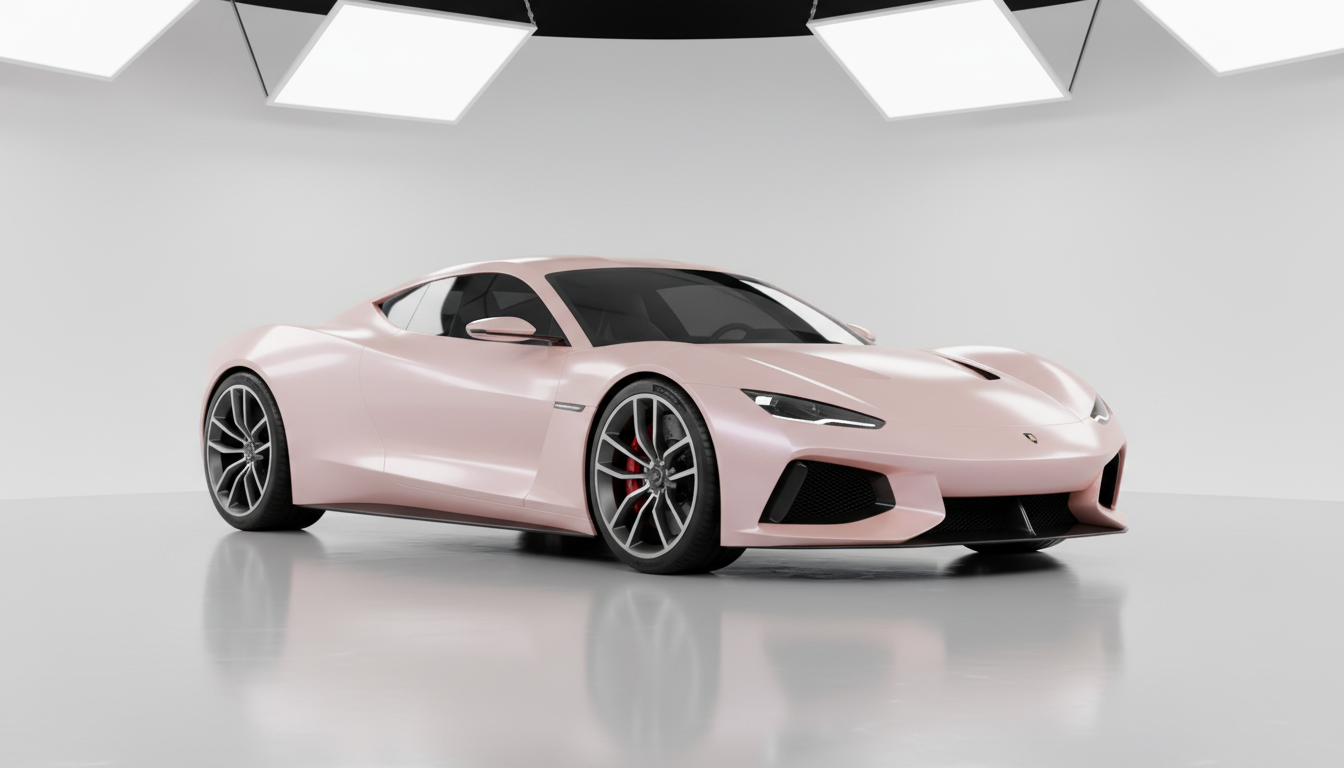Understanding Car Wrap Bubbles: The Root Causes
What Causes Bubbles in Vinyl Wraps?
Car wrap bubbles form when air becomes trapped between the vinyl film and your vehicle's surface. The most common causes include:
Surface Contamination Issues:
- Dirt, dust, or debris on the paint surface
- Wax, polish, or cleaning product residue
- Moisture trapped under the wrap during installation
- Poor paint condition with scratches or oxidation
Installation Problems:
- Insufficient pressure during application
- Rushing the installation process
- Improper heat application techniques
- Working in unsuitable environmental conditions
Material Quality Factors:
- Using low-quality vinyl that lacks air-release technology
- Incompatible adhesive systems
- Defective vinyl materials from unreliable manufacturers
Prevention Strategies: Stop Bubbles Before They Start
Professional Surface Preparation
The foundation of bubble-free car wrap installation begins with meticulous surface preparation. Before laying the vinyl wrap, make sure the car's surface is clean and free of grease, grime, and dust. Under the wrap, even the smallest particles might create air bubbles.
Step-by-Step Surface Prep:
-
Deep Cleaning Protocol
- Wash your vehicle 24 hours before installation to allow complete drying
- Use a gentle soap mixture: 1 teaspoon dish soap per quart of warm water
- Remove all wax, polish, and contaminants with automotive degreaser
- Consider professional decontamination for optimal results
-
Surface Inspection and Correction
- Address paint imperfections, scratches, and oxidation
- Ensure surface is completely smooth and even
- Use clay bar treatment for embedded contaminants
-
Final Preparation
- Vacuum all cracks and seams to remove loose debris
- Dry thoroughly with clean microfiber cloths
- Work in a controlled environment between 70°F-80°F (21°C-27°C)
Quality Material Selection
Investing in premium vinyl wraps significantly reduces bubble formation risk. Sailifilm's TPU paint protection wraps and vinyl collections incorporate advanced air-release technology that minimizes trapped air during installation.
Our Premium Wrap Features:
- Crystal Clear TPU Films - Superior conformability for complex curves
- Self-Healing Technology - Minor scratches disappear with heat activation
- Advanced Adhesive Systems - Engineered for bubble-free application
- Professional-Grade Materials - Tested for long-term durability and performance
Optimal Installation Environment
The best temperature for putting on vinyl is between 70°F and 80°F (21°C-27°C). Keeping humidity around 50% helps stop problems like stretching or wrinkles.
Environmental Control Checklist:
- Temperature-controlled workspace (70°F-80°F)
- Humidity levels around 50%
- Dust-free environment
- Adequate lighting for bubble detection
- Protection from direct sunlight and wind
DIY Bubble Removal Methods
Small Bubble Repair Techniques
For bubbles smaller than a coin, these DIY methods can effectively restore your wrap's appearance:
1. Heat and Pressure Method
Utilizing a heat gun or a blow dryer, apply heat over the bubbles to make them disappear. Hold the heat source a few inches away from the surface. Heating reduces the adhesive's strength.
Materials Needed:
- Heat gun or hair dryer
- Clean squeegee or wrap glove
- Microfiber cloth
Step-by-Step Process:
- Clean the bubble area with mild detergent
- Apply gentle heat 6-8 inches from the surface
- Work from the bubble center outward with consistent pressure
- Use squeegee to smooth the area while warm
- Allow to cool completely before inspecting
2. Pinprick Method for Stubborn Bubbles
Using the pin, poke the bubble once and using a scraper smooth it over. Prick the bubble very lightly and it should not be too deep so as to leave a mark on the surface underneath.
Precise Technique:
- Sterilize a fine needle or pin
- Create a tiny puncture at the bubble's edge (not center)
- Gently press air toward the hole
- Smooth with squeegee while applying heat
- Seal the tiny puncture with pressure and heat
3. Edge Squeegee Technique
If the bubble is close to the edge, then this is the perfect method for you. Using a squeegee, slowly push the bubble and bring it towards the nearest edge.
Best Practices:
- Work slowly and steadily
- Apply consistent, gentle pressure
- Push air toward the nearest wrap edge
- Avoid excessive force that could damage the vinyl
Natural Bubble Resolution
Some air bubbles, specifically smaller ones if left untouched for one or two days will flatten out themselves. Very small bubbles (pinhead size) may resolve naturally through:
- Daily temperature fluctuations
- Natural settling of the adhesive
- Gradual air permeation through the vinyl
Monitor small bubbles for 48-72 hours before attempting manual removal.
When to Seek Professional Help
Recognizing Professional-Level Problems
While many bubbles can be addressed with DIY methods, certain situations require professional intervention:
Large Bubble Issues:
- Bubbles larger than a quarter
- Multiple interconnected bubbles
- Bubbles that reform after removal attempts
- Bubbles accompanied by wrap lifting or peeling
Complex Repair Scenarios:
- Bubbles in difficult-to-reach areas
- Damage around vehicle contours and curves
- Bubbles affecting wrap adhesion
- Signs of moisture contamination under the wrap
Material Integrity Concerns:
- Bubbles that appear weeks or months after installation
- Vinyl showing signs of stretching or distortion
- Adhesive failure or wrap lifting
- Discoloration around bubble areas
Professional Advantages
Elite Wrappers provides specific training classes in Michigan, New Jersey, Florida, and New York for anyone wishing to hone their vinyl wrap techniques. Professional installers offer:
Advanced Tools and Techniques:
- Precision heating equipment
- Professional-grade squeegees and installation tools
- Experience with complex bubble scenarios
- Access to warranty-covered repairs
Quality Assurance:
- Proper surface preparation protocols
- Material compatibility expertise
- Long-term durability assessment
- Warranty protection for installation work
Advanced Bubble Prevention Strategies
Installation Best Practices
Center-Out Application Method: When you put on the vinyl, use the center-out method. This way, you spread tension evenly and push air to the edges, which helps avoid bubbles.
- Position vinyl carefully before removing backing
- Start from the center and work outward
- Apply consistent pressure in overlapping strokes
- Use proper heating techniques for complex curves
- Take time to ensure complete air removal
Post-Installation Care
Critical First 48 Hours:
- Monitor for new bubble formation
- Avoid car washes and high-pressure water
- Keep vehicle in controlled temperature environment
- Inspect wrap edges and complex curve areas
Long-Term Maintenance:
- Regular cleaning with vinyl-safe products
- Prompt attention to any lifting or bubble formation
- Protection from extreme temperature fluctuations
- Professional inspection annually
Sailifilm Quality Advantage
Superior TPU Technology
Our TPU paint protection wraps incorporate cutting-edge technology designed to minimize bubble formation:
Self-Healing Properties:
- Minor scratches and imperfections self-repair with heat
- Maintains smooth surface integrity over time
- Reduces long-term bubble risk from surface damage
Advanced Adhesive Engineering:
- Repositionable during installation for perfect placement
- Air-release channels built into adhesive pattern
- Compatible with all automotive paint systems
- Professional-grade durability and performance
Product Excellence
Sailifilm Wrap Collections:
- Crystal Sky Blue - Premium protection with stunning visual appeal
- Ferrari Red - Racing-inspired durability and style
- Piano Black - Sophisticated protection for luxury vehicles
- Crystal White - Clean elegance with maximum protection
- Professional-grade materials for lasting results
- Advanced formulations for easy installation
- Superior conformability for complex vehicle curves
Troubleshooting Common Bubble Issues
Bubble Types and Solutions
Micro-Bubbles (Pinhead Size):
- Often resolve naturally within 24-48 hours
- Can be smoothed with gentle heat and pressure
- Usually indicate minor surface contamination
Medium Bubbles (Coin-Sized):
- Require active removal techniques
- Best addressed with heat and squeegee method
- May indicate installation pressure issues
Large Bubbles (Quarter-Sized or Larger):
- Often require professional assessment
- May indicate significant surface preparation problems
- Could require partial wrap replacement
Environmental Factors
Temperature-Related Issues:
- Hot weather can worsen existing bubbles
- Cold temperatures may make vinyl brittle
- Rapid temperature changes stress the material
Humidity Considerations:
- High humidity during installation increases bubble risk
- Moisture contamination under wrap requires professional repair
- Proper drying time essential before installation
Cost-Effective Bubble Prevention
Investment in Quality Materials
While premium vinyl wraps cost more initially, they provide significant long-term value:
- Reduced bubble formation risk
- Extended lifespan and durability
- Lower maintenance and repair costs
- Better adhesion and removal characteristics
Professional Installation Value
Cost-Benefit Analysis:
- Professional installation: $2,000-$5,000 for full vehicle
- DIY bubble repairs: $50-$200 in tools and materials
- Full wrap replacement due to bubbles: $1,500-$4,000
The investment in professional installation or quality materials pays for itself through reduced bubble issues and longer wrap life.
Conclusion
Successfully fixing bubbles in car wrap requires understanding their causes, using proper removal techniques, and implementing effective prevention strategies. Whether dealing with small bubbles through DIY methods or seeking professional help for complex issues, the key is prompt action and proper technique.
Sailifilm's advanced TPU and vinyl wrap technologies provide superior bubble resistance through innovative adhesive systems and self-healing properties. By combining quality materials with proper installation techniques, you can achieve a flawless, long-lasting wrap that maintains its appearance for years.
Remember: prevention is always better than repair. Invest in quality materials, proper surface preparation, and professional installation when necessary to avoid bubble problems from the start.
For more detailed information about automotive vinyl wrap technologies, visit the International Window Film Association or learn about wrap installation techniques at Wikipedia's Vehicle Wrap page.
